Tailored Therapeutic Massage Techniques for High-Risk Pregnancies
High-risk pregnancies require a specialized approach to massage therapy that carefully considers both the physical and emotional needs of the mother. Here, we'll detail how therapeutic sessions can be adapted to safely support these sensitive cases.
1. Doctor's Release
For high-risk pregnancies, a doctor's release is required before beginning any massage therapy. This ensures that the massage is safe and suitable given the specific health conditions associated with the pregnancy. It also provides an extra layer of communication between the healthcare provider and the massage therapist to align on the best care approach.
2. Comprehensive Assessment
Each session starts with a comprehensive assessment, gathering detailed medical histories and coordinating with healthcare providers. This ensures all techniques used are safe and appropriate for the specific conditions of the pregnancy.
3. Emphasis on Gentle Techniques
To avoid overstimulation while promoting relaxation:
Scalp, Face, and Neck Massage: This focuses on areas that can significantly alleviate stress without extensive physical manipulation.
Hand Massage: Gentle manipulation of the hands can induce overall relaxation and improve circulation, suitable for clients who need minimal physical engagement.
4. Specialized Therapeutic Techniques
We tailor specific techniques to safely address the unique requirements of high-risk pregnancies:
Gentle Holds and Rocking: These techniques calm the nervous system with minimal pressure, offering a deep sense of relaxation.
Light, Rhythmic Compression: Employing light, rhythmic compressions helps soothe the nervous system and ease muscle tension without traditional, more intensive massage strokes.
5. Flexible Positioning Options
Positioning is adapted to maximize safety and comfort:
Side-Lying: Supported with pillows to relieve abdominal pressure and ensure proper circulation.
Semi-Reclined: Clients are positioned with cushions in a semi-reclined posture to help with breathing and reduce heartburn.
Seated: This position allows access to different parts of the body, such as the back, without the need for the client to lie down, offering an alternative that can be more comfortable for some pregnant women.
In-Home Session Adaptations: For in-home sessions, we can customize the setup on a bed to ensure comfort and safety with proper support.
6. Creating a Nurturing Environment
The therapeutic environment is tailored to enhance relaxation and emotional comfort, featuring elements like soft lighting, gentle background music, and comfortable room temperature.
Conclusion
By integrating these adaptations and techniques, therapeutic massage for high-risk pregnancies is both effective and considerate of the individual needs of each client. Focusing on gentle, non-intensive approaches and flexible positioning, we provide not just physical relief but also crucial emotional support during this critical time. If you are navigating a high-risk pregnancy and are interested in how therapeutic massage could be adapted for you, consider scheduling a consultation to discuss personalized options. This tailored approach ensures that your prenatal care is comfortable, supportive, and aligned with the highest standards of safety and well-being.
About the Author
Empower Massage Studio came to life as a result of Michelle’s journey navigating motherhood combined with her background as a Certified Prenatal and Postpartum Massage Therapist. Michelle currently works out of her studio in Cedar Park, Texas, where she supports moms in all stages of motherhood.

